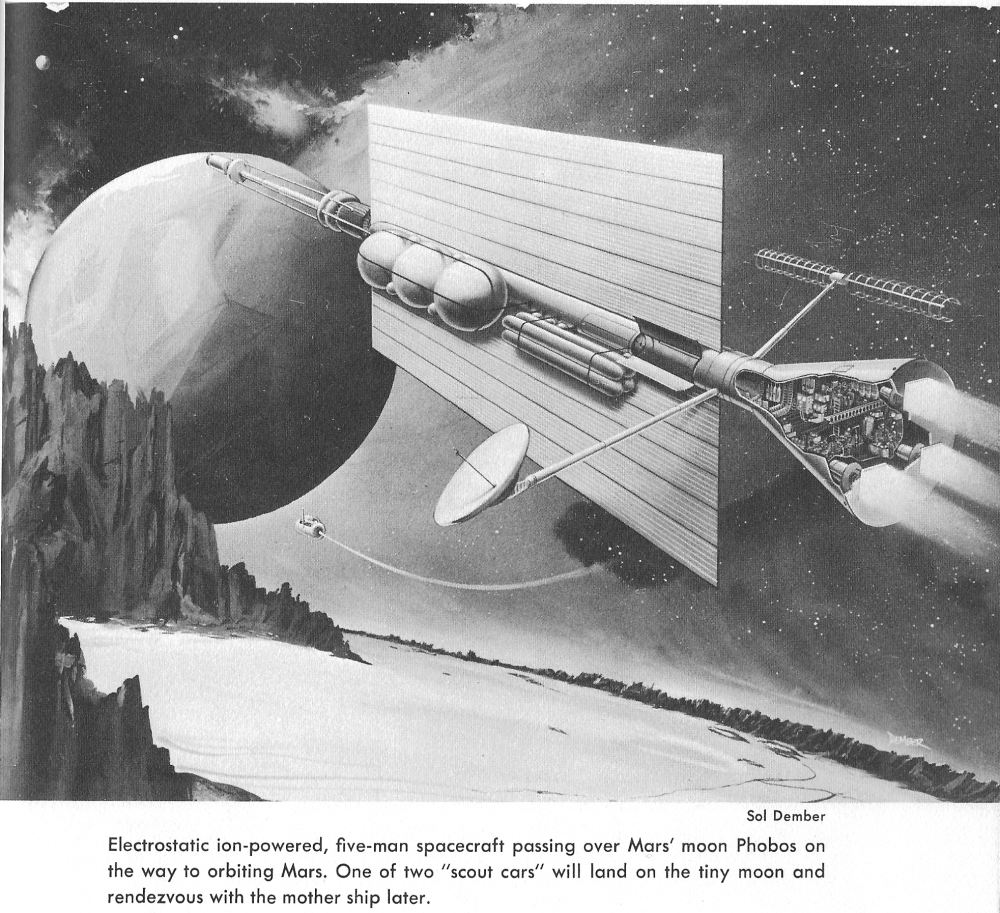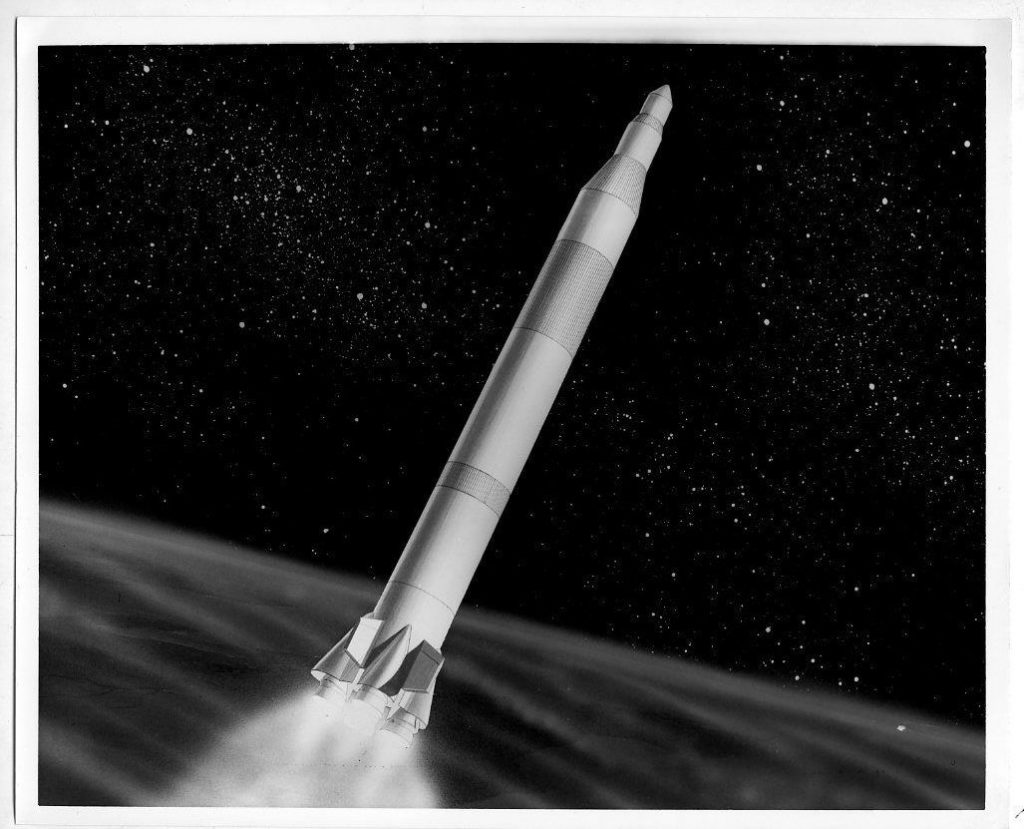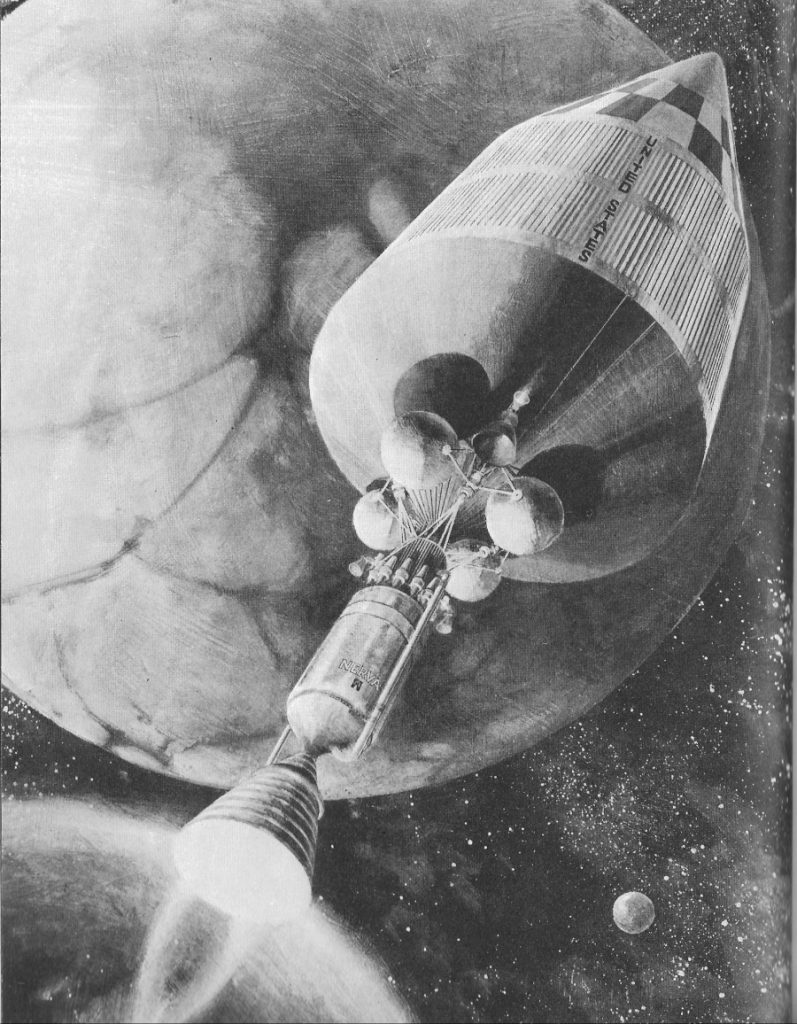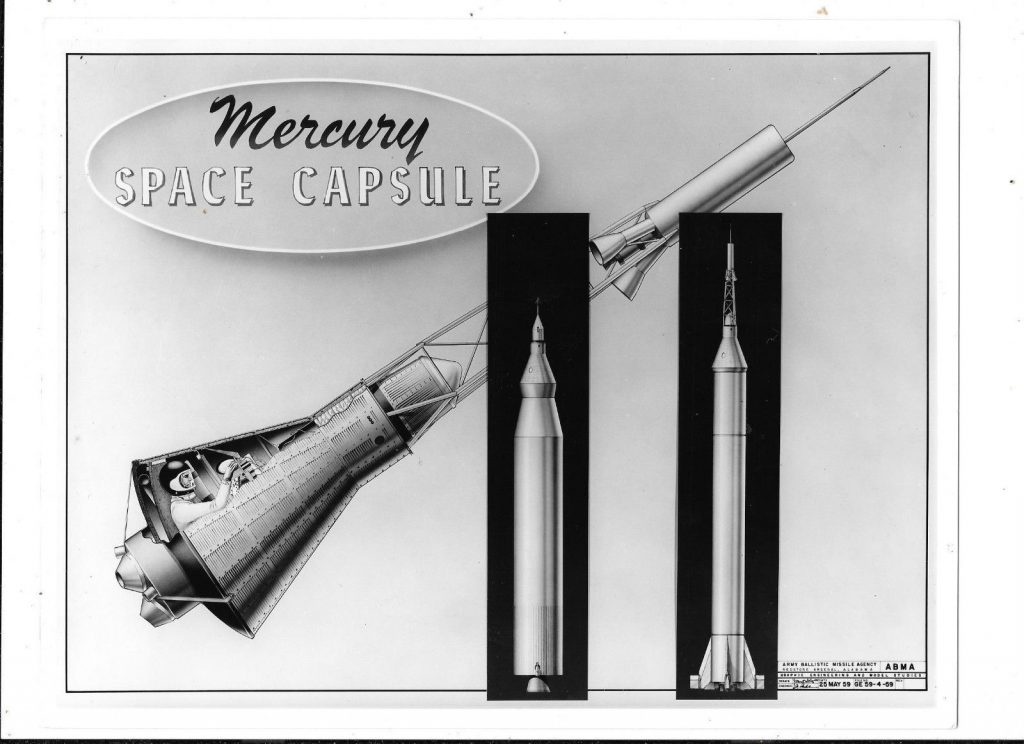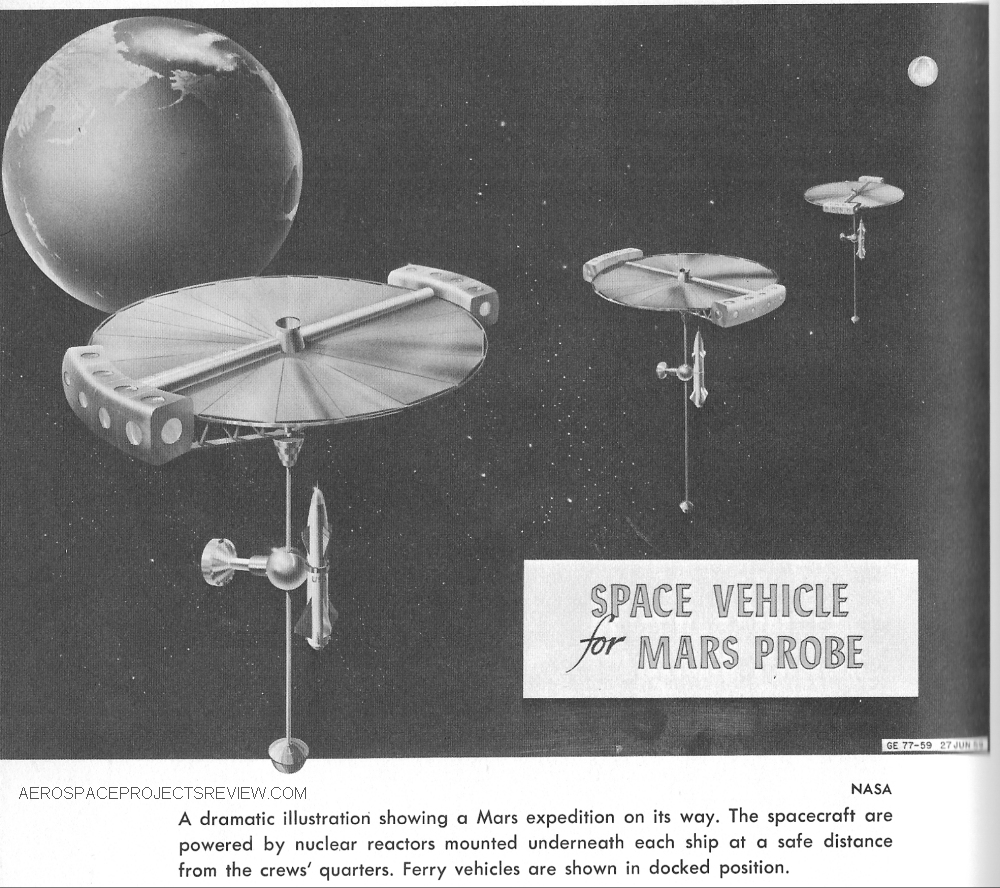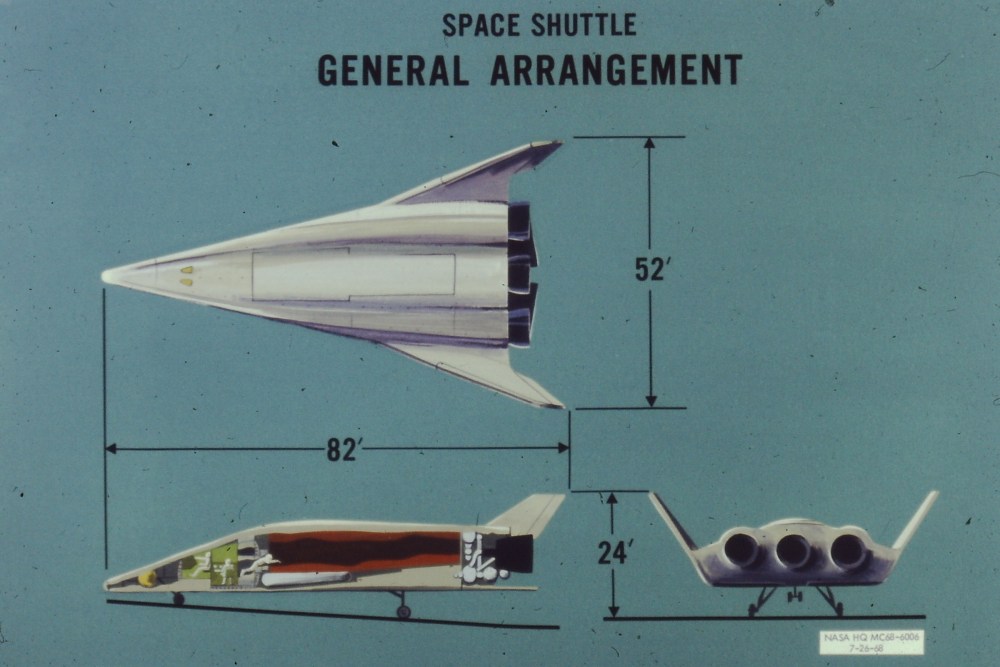‘First Man’ Director Damien Chazelle Defends Omitting American Flag Planted on the Moon
“First Man,” the forthcoming biopic about Neil Armstrong, *had* looked like a good movie. But even though it covers Armstrong walking on the Moon, the director and the actor portraying Armstrong felt that showing the American flag being planted on the Moon was somehow inappropriate.
The director once posted this to Twitter:
The Trump administration is openly endorsing Nazism and white supremacy. It's that simple. (2/10)
— Damien Chazelle (@DSChazelle) August 16, 2017
The director is a loon.
Hollywood is all about the dollar. So even though the place is swarming with leftists, you’d *think* at some point they’d get it through their skulls that offending half the potential audience is a bad idea. In this case, the movie is almost certain to have a potential audience that’s mostly American… I can’t see the Chinese market being all that excited to see a flick about an American historical figure. Or the Europeans for that matter. It *should* do well in the US… but not if it sets out to annoy not just half the American market, but the half of the market that was probably going to be most interested in this movie. Because it certainly seems to me that a movie about an American war and space hero would probably appeal more to people who actually feel positively about American patriotism than those who don’t.
“First Man” opens October 12. I expect I’ll have other plans that day.

UPDATE:
Possible hint as to what Buzz Aldrin thinks about this.
Always fun to visit my friends @KellySlater, John Moore & Co at their Outerknown clothing line party. Is it time for a space attire line yet?! 🚀😎 #spacesuitsaretrendy #roadtoapollo50th #5decadesofapollo pic.twitter.com/I34t42hbxf
— Buzz Aldrin (@TheRealBuzz) September 1, 2018
